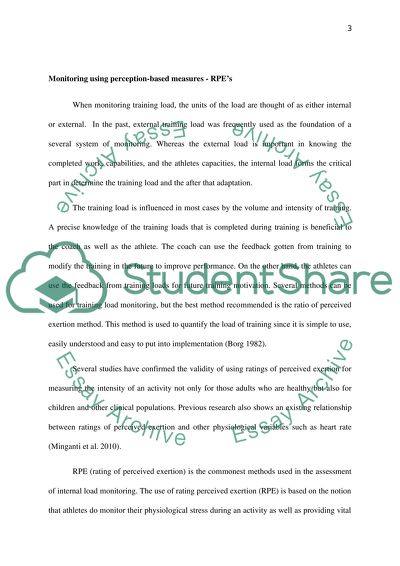Cite this document
(Internal Training Load Monitoring Using Perception-Based Measures Essay, n.d.)
Internal Training Load Monitoring Using Perception-Based Measures Essay. Retrieved from https://studentshare.org/sports-and-recreation/1688953-monitoring-internal-training-load-using-perception-based-measures-rpes
Internal Training Load Monitoring Using Perception-Based Measures Essay. Retrieved from https://studentshare.org/sports-and-recreation/1688953-monitoring-internal-training-load-using-perception-based-measures-rpes
(Internal Training Load Monitoring Using Perception-Based Measures Essay)
Internal Training Load Monitoring Using Perception-Based Measures Essay. https://studentshare.org/sports-and-recreation/1688953-monitoring-internal-training-load-using-perception-based-measures-rpes.
Internal Training Load Monitoring Using Perception-Based Measures Essay. https://studentshare.org/sports-and-recreation/1688953-monitoring-internal-training-load-using-perception-based-measures-rpes.
“Internal Training Load Monitoring Using Perception-Based Measures Essay”, n.d. https://studentshare.org/sports-and-recreation/1688953-monitoring-internal-training-load-using-perception-based-measures-rpes.


